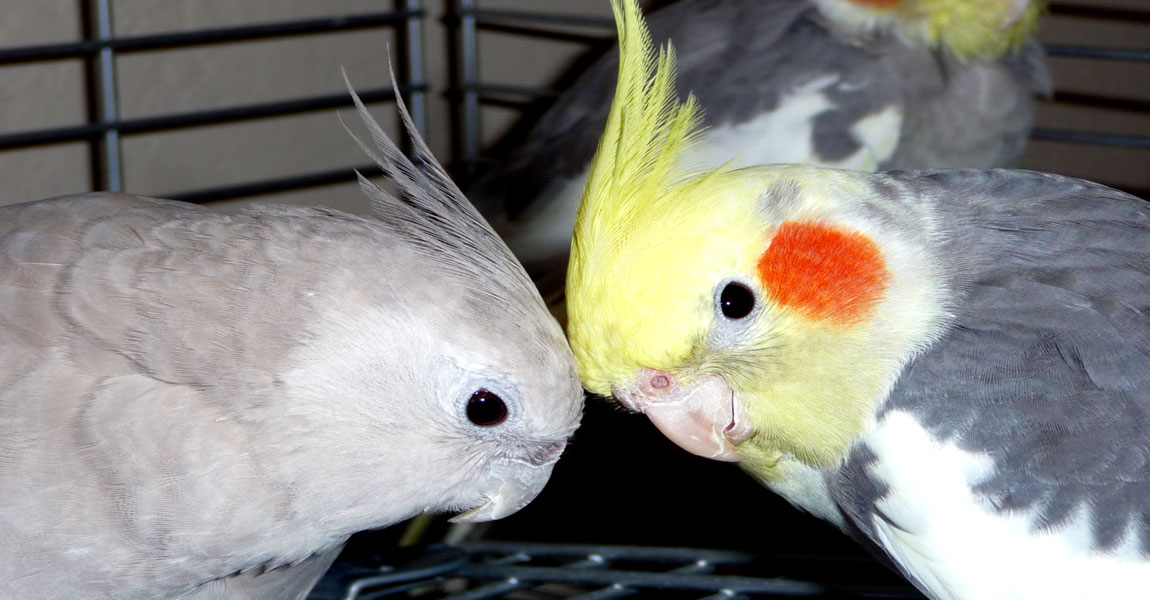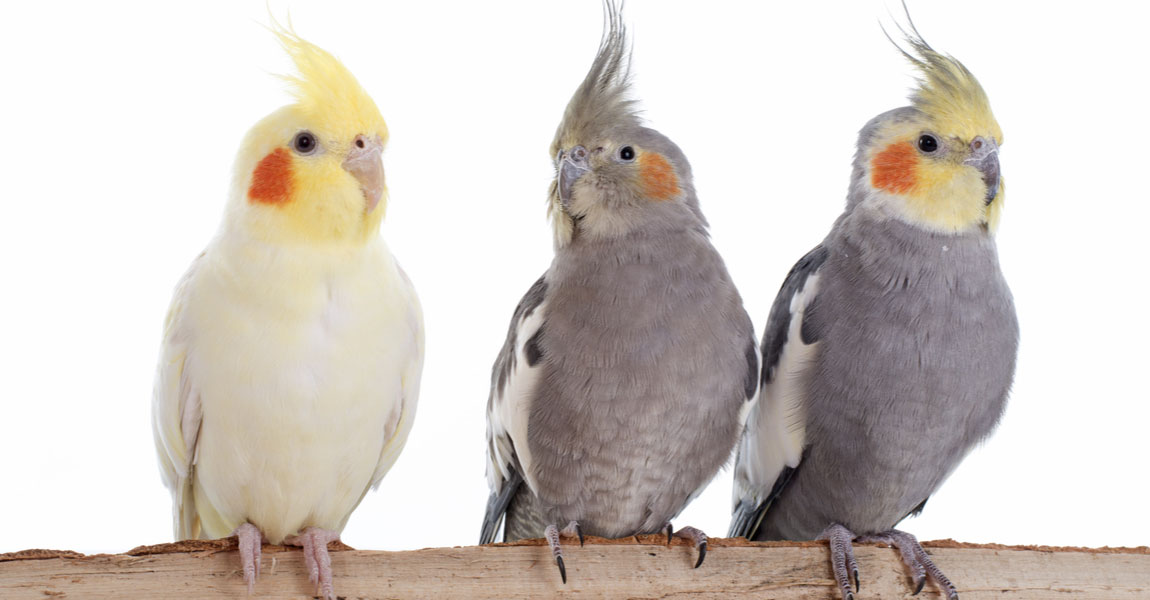Your cockatiel's beak is the only and most important tool for a tiel's survival, think of it as the bird's version of an Army Swiss Knife: your tiel will use it as defense, for climbing, preening and of course eating, so a good healthy beak is mandatory for all cockatiel owners to watch.
All cockatiels have a fast metabolism, if a cockatiel's beak is damaged and it can not eat, or eat enough, it will lose weight very fast, become lethargic and eventually die.
Beak problems can occur from an accident, poor nutrition, mites and even a fungus, if you suspect your tiel is having beak problems please do see an Avian vet as soon as possible.
A crooked beak is a condition where the upper beak is not straight and does not meet correctly over the lower beak. An avian vet may trim the upper beak, cutting off the tusk and reshaping both the upper and lower beak. Persistent trimming will eventually result in both upper and lower beak growing normally. Incorrect trimming may worsen the condition. This should only be undertaken by someone skilled and trained in this procedure. This condition may sometimes be corrected with an acrylic appliance. In some cases, surgery may be necessary.
A Soft, pliable beak or "rubber beak" is a sign of Calcium or Vitamin D deficiency.
Occasionally, a cockatiel will injure its beak on its wire cage, while in a fight, or by flying into an object, you must seek Avian vet help immediately.
Signs of a Healthy Beak
A healthy cockatiel has a healthy beak. It must have:- Smooth, even appearance
- No peeling or strange textures
- No discolored areas
- Proper beak length (Check with avian vet)
- Proper alignment of the upper beak and lower beak
Caring For Your Cockatiel's Beak
- Look for cracks, overgrowth, or discoloration of the beak.
- Consult an avian veterinarian if your bird's beak is growing unevenly.
- Chewing toys will help keep your cockatiel's beak trim.
- Housing your cockatiel in a proper size cage and perches
- Be sure to cover mirrors and windows when your cockatiel flies around your home. The beak is the first thing to hit in a midair collision.
As always the information offered here is to provide guidance and is not intended to be a substitute for the good advice provided by your own avian vet. When in doubt always consult your own veterinarian.
Source: Cockatiel.com





